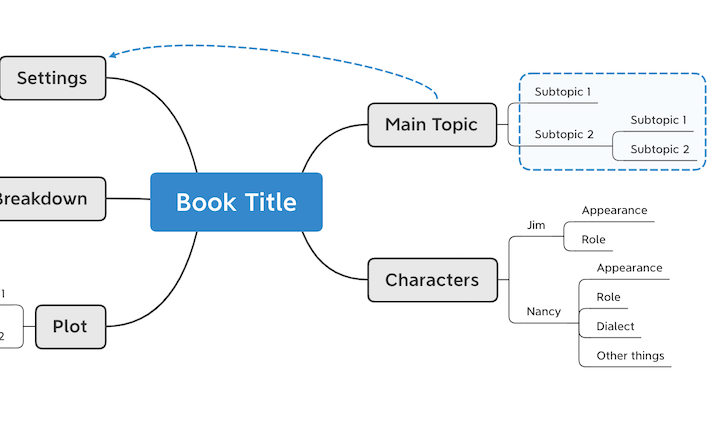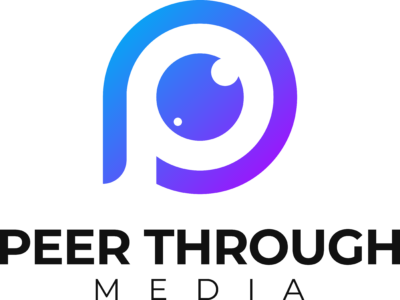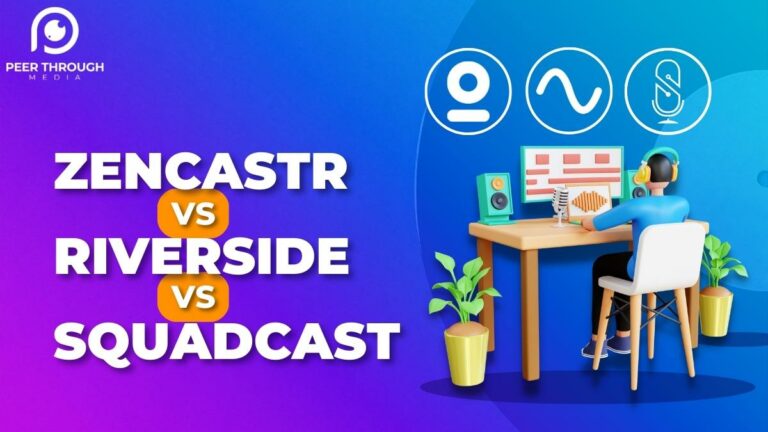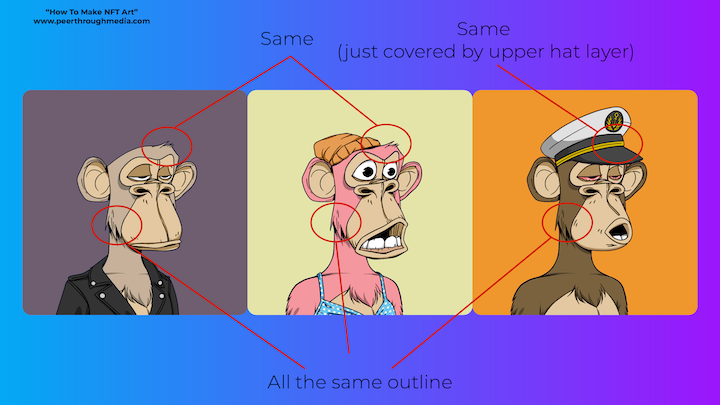How Mind Maps Can Help You With University Essays
It’s cliché to say that essay writing is an art form, but it’s true. Like any art, you can perfect it with practice. Part of the secret to producing great art lies in the technique used.
Developing the special technique of mind mapping is one perspective you could apply to the university essay-writing process. Typically between 1,500 and 5,000 words long, the undergrad college essay induces panic and causes unnecessary anxiety. Yet, by using a conceptual technique called mind mapping, you can organize your ideas to produce coherent, well-structured essays deserving of top grades.
Let’s look at how mind maps can help you improve your essay writing skills.
Mind Mapping Third-Century Style
As long as human beings have had an imagination, mind maps have been in existence. While we cannot promise that they were used to write essays, they were used to show the interrelationship of elements within a structure.
The 3rd-century philosopher Porphyry of Tyre created the earliest known mind map. He used the Porphyrian tree to classify Aristotle’s Categories. Logical concepts and how they related to each other were not actually depicted in tree-form until much later.

It was in the Middle Ages when much use was made of this diagrammatic representation, from which the basic principles of the modern mind map are derived. The tree could be as simple or as complex as its creator wished. The common threads running through them all are those of logic and conceptual mapping.
Parchment is long gone. Software is our friend now.
Related Reading: Ai Copywriting Tools – Blog Smarter
The University Essay – Form and Flow
In general, essays are useful, for they contain ideas and arguments aimed at persuading the reader to think differently about the subject of the essay. In the English-speaking world, it is a versatile format. It can vary in length and intensity, as a quick look at Susan Sontag’s Essays of the 1960s & 70s will reveal.
The United States has produced many other essayists, of course. You are spoilt for choice as to where to start with these famous female essayists, not to mention the great tradition given momentum by Henry David Thoreau and Ralph Waldo Emerson. In many respects, the modern op-eds in reputable newspapers are essays too.
Essayist Scott Russell Sanders explores tangential and associative words in essays. Tangential and associative keywords are the basis of any mind map. We cannot know which, if any, essayists use mind-mapping software or draw mindmaps by hand. We do know enough about the human brain, however, to know that their process of conceptualization would be similar to that cultivated by the practice of mind mapping.
Your lecturers will tell you that reading great essayists of any age will improve your own essay writing. This is sound advice, but it does not give you the kickstart you need to complete that essay assignment by the due date!
A good essay has a logical flow to the ideas presented in it. A mind-map gives you a visual portrayal of where your ideas are going and, more importantly, where gaps in your argumentation lie. Mindmaps are extremely effective for providing an outline of what you want to write, without one of those complex and confusing wordlists parading as an essay outline.
Mind-Mapping Basics
You could attempt to draw mindmaps freehand, but we recommend that you use mind mapping software. Many, like Xmind or Mindmeister, can be downloaded for free and used to get up to speed on this effective way of tapping into what thoughts and ideas are present in your mind.
Mind mapping is a visual presentation of those ideas that can stimulate your brain. It also helps people to retain information. This is why using mind mapping techniques for advertisements is such a good idea, as Peer Through Media’s portfolio shows.
Software enables the addition of notes to the keywords and images. Research has shown that images are powerful as triggers of memory, and therefore worth inserting in your essay mindmap for that reason alone.
Mind mapping helps you to order your thoughts and bring all the facts and ideas you have into one place. Mind maps are also useful as reminders of what your initial ideas about the essay are. By doing a mindmap before you write your university essay, you gain clarity, and you have unwittingly done much of the normally tedious preparation you should always do before writing an essay!
If you make mind mapping part of your approach to note-taking and planning, you will likely start to think in ways that access your creative output much more easily.
Mind Mapping Essentials
Regardless of the software used, all mind maps share the same essential features as the inventor of mind mapping, Tony Buzan, explains in this short video on rules for mind-mapping.
Buzan recommends that you use only one word per branch because, as single keywords, they are free to have a greater number of associations and naturally induce greater creativity. The more words you have on a branch, the more restrictive that particular branch becomes.
The branch length and the keyword length should be the same. This has the effect of keeping associated words close together and, in a sense, more connected.
The use of color and images in your mind map makes it easy to see closely related items once the mind map is complete. It also stimulates the brain much more than the traditional black, blue, and grey found in school textbooks. It lights up the topic and brings it to life, which means writing essays need never be boring again.
Keeping your mind map clear makes it easier for the brain to register the information on the mind map. The need for clarity is one reason we recommended software mind map solutions as opposed to handwritten mind maps. The clearer the mind map, the more powerful it is as a thinking tool.
There is more to it, of course, and we’ll deal with each aspect below.
Mind Map Your University Essay Organically
The simplified traditional format of the university essay is:
- introduction
- main body
- conclusion
- bibliography
With a mind map, however, you might be better off starting with a thematic representation radiating out from your central theme. You can use connections to identify elements that will feature in your introduction, body, and conclusion of your essay later.
If you’re new to mind maps or feel you have not yet got a handle on them, the following notes might be helpful.

Central theme
Most mind-mapping software starts with the central theme rectangle slap-bang in the middle of the blank mind map page. Your central theme, of course, will be your essay question or title.
The point of the essay is to write about the subject of the essay. Your mind map is an exploration of that. Start by adding three to five main topics to be covered in the essay as sister nodes. Your mind map can have many more topics or first-level associations, but it is worth noting that most human minds cannot grasp more than seven at once.
The objective of a mind map is to get all your ideas out of your mind and onto the mind map where you can see them.
Associations
Once you have this first level of associations, you can start filling in child nodes under each of them.
Your overview will help you to order your thoughts on each theme. You could begin to have some “light bulb moments” around about now. Unless they are truly remarkable ideas, resist the urge to flesh them out (i.e., start writing your essay) at this mind-mapping stage.
It is useful to learn how to type quickly if you have not already mastered that skill. Your brain’s imaginative capacity works by association. One association leads to another.
Don’t worry if your associations seem messy at this point or your mind map is untidy. You can work on rearranging it later. The important thing is to work organically. Imagine that you are emptying out everything in your mind about this essay onto the mind map, and do it without being judgemental.
Associations are usually drawn using curved lines; the brain responds well to curves.
Connections
Once you have entered all your associations, and you will be surprised how many there are, you can draw in connections between associations. You can also use color in various ways, for example, to highlight the things you want to be sure to say in your introduction and conclusion. You can also color code the various themes that you want to develop in the body of your essay.
Another advantage of using software to create your essay mind map is that once you have everything down, you can make adjustments and rearrange items easily. Adding images and notes (possible with most software) at this stage will give you an extra boost when you start writing your essay.
Brainstorming In Action
If you have only ever had in-person brainstorming sessions with other people, you will soon realize that you can brainstorm all on your own by using the mind-mapping technique.
Now that you have generated ideas by association, you can take a hard look at your mind map and identify the gaps in your knowledge that you need to fill before you start writing your essay. Gaps could include:
- reading works that you need to reference in your essay
- fact-checking
- finding material that backs up the main claims you want to make — or — contradict in your essay
- reinforcing your understanding of areas that your mind map reflects as being weak.
All that might sound like hard work, but actually, it is a lot easier with mind mapping than it is with traditional note-taking because, in the process of mind mapping, you gain clarity of thought you did not know you had.
And taking notes for the stuff you don’t know? Well, you can use mind mapping for that too.
Armed with new knowledge, you can add it to your mind maps to plug those gaps before beginning your essay.
Take another look at your mind map after doing that, and examine it for the relationships between the different associations. These relationships might assume importance in the form of individual paragraphs in your essay or the transitions or links between them.
You should also be able to identify in your mind map possible arguments that neatly fit into the thesis-antithesis-synthesis dialectic so often required of university essays, and a good basis for argumentation if it is not.
The Importance of an Essay Mind Map
Far and away, the most powerful reason to mind map your essay is so that when you start writing, you are not staring at a blank page! You have a comprehensive guide in front of you. You can refer to this repeatedly throughout your writing process.
In effect, your mind map provides not only the ideas for your essay but the structure for it too. By mind mapping first, you are able to observe this structure, but seamlessly, in a way that is not formulaic and rigid. Your structure will appear organic, and your writing will flow.
Talking of flow, if you have problems expressing yourself in writing, you could experiment with dictating what you want to say while looking at your mind map and then editing your output later. There are some good voice-to-text apps out there, and you might even have one on your phone already.
Another significant point to make is that your essay will be authentic because it has definitely come from your mind and your mind alone. Preparing your mind map of your university essay will enable greater clarity of thought as you write. You are sure to notice that when your thoughts are clear, your writing skills improve, as if by magic.
Last but not least, your essays will not be boring because the mind map allows you to tap into your inner thoughts and the things that you find most interesting, and that have captured your attention. By revealing those in your university essay, you’ll end up with an interesting, coherent piece worthy of a top grade!

Life Is More Than a University Essay
As a student, you need to focus on your university essay assignments. As we have shown, mind mapping is a powerful tool to do that. Beyond college, when your degree certificate begins to resemble that third-century parchment, you’ll probably still be writing. Personal narrative essays, blog posts, op-eds, content for your company brochure, ad copy, etc.
You can use mind maps for project planning, either alone or in collaboration with colleagues. In fact, any creative project where you wish to explore possibilities adapts itself well to mind mapping.
Mind mapping is a great way to sharpen your mind. As the father of the essay, Michel de Montaigne said, “‘Tis the sharpness of our mind that gives the edge to our pains and pleasures.”
We would argue that mind mapping will make university essay-writing a pleasure rather than a pain. And a creative one at that.







